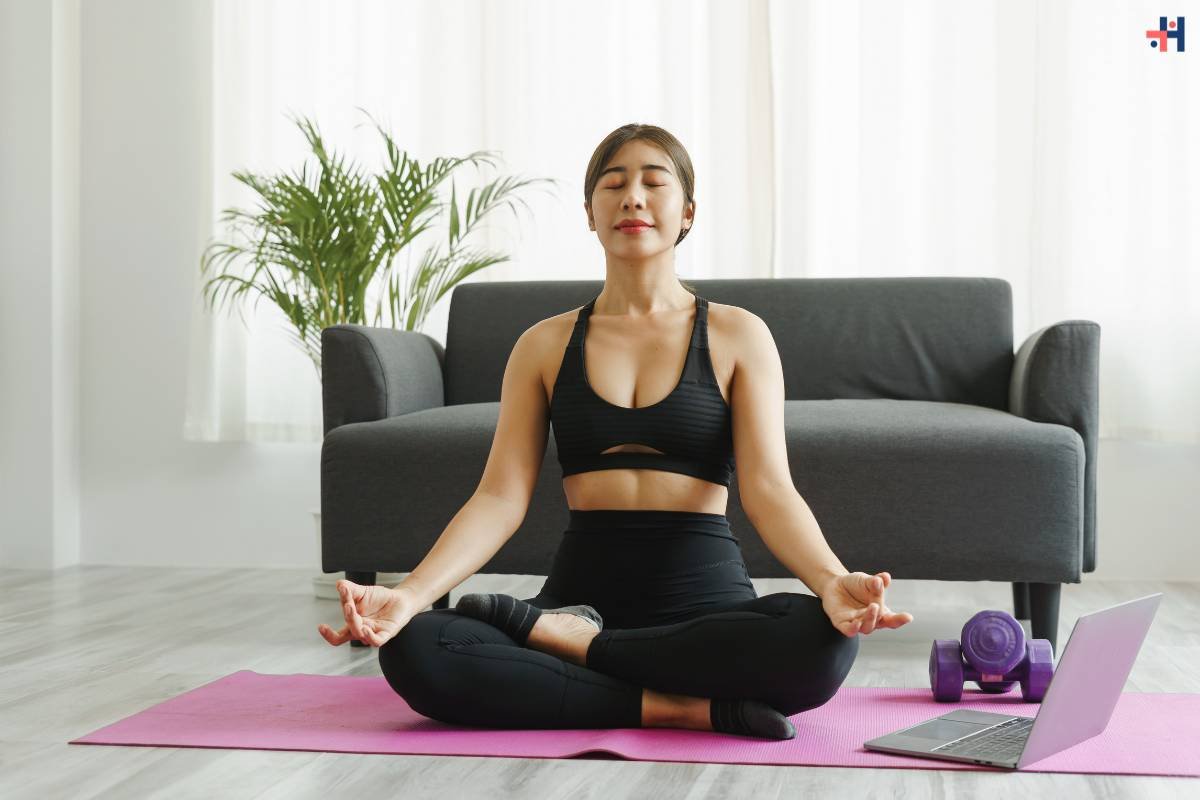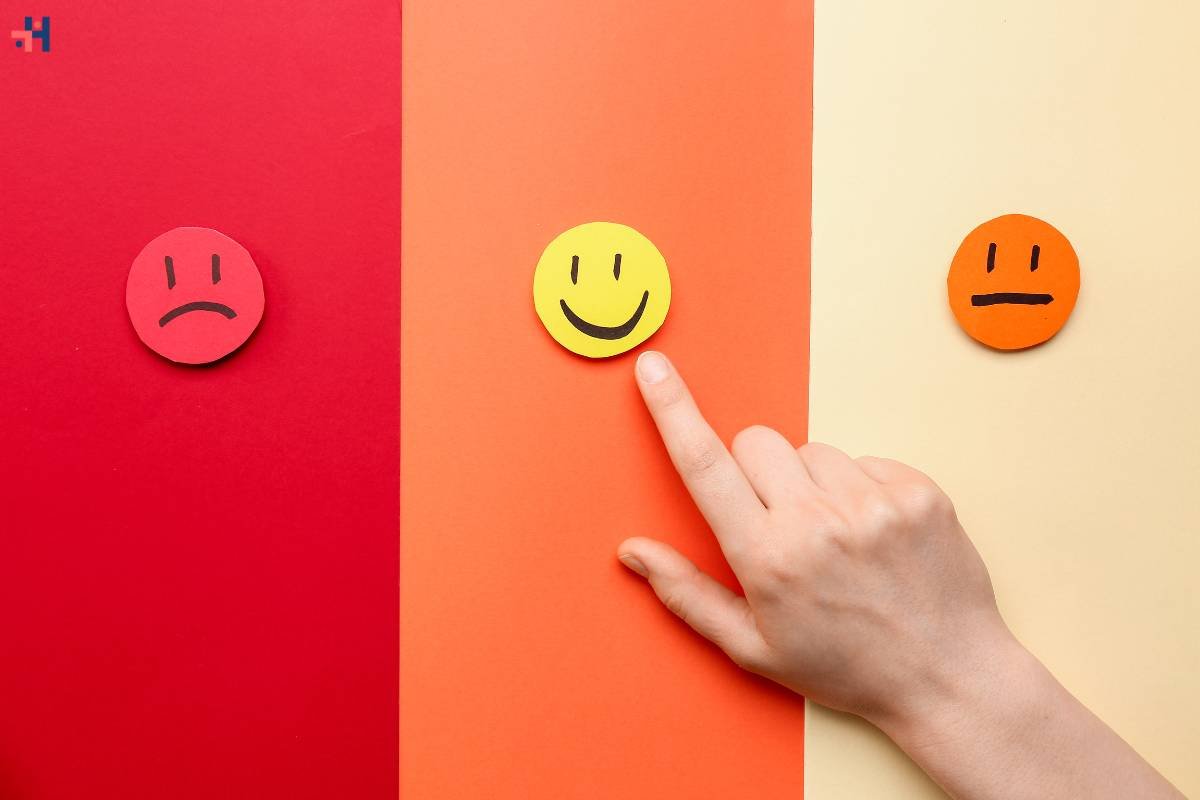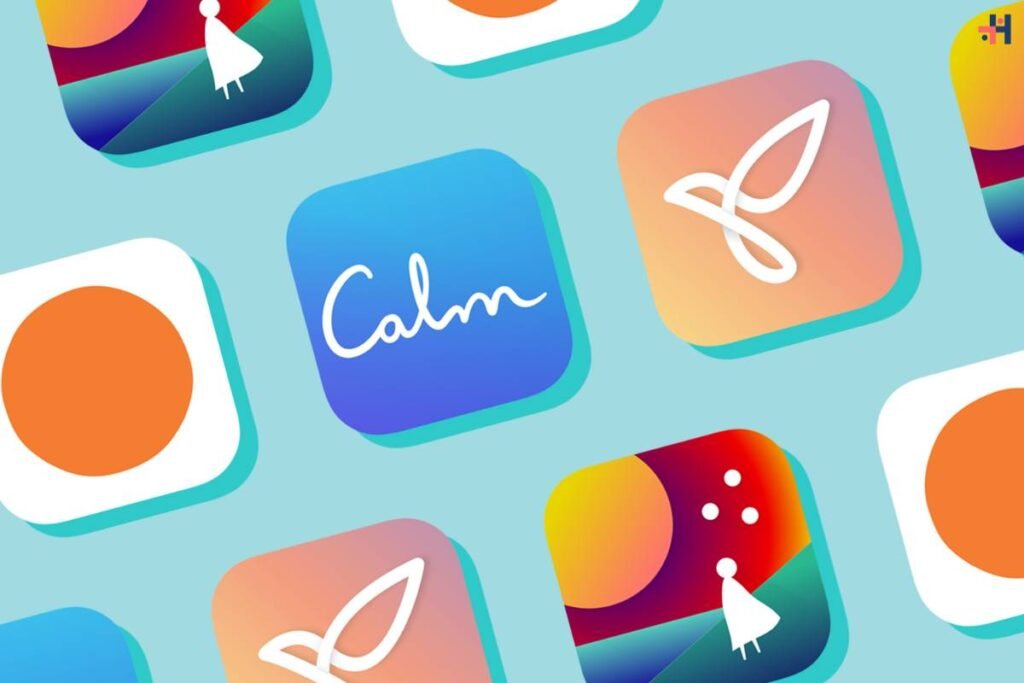(Source-Prevention)
In the contemporary living, the prevalence of stress and anxiety has become a common thread connecting people across diverse backgrounds. Navigating the complexities of daily life, compounded by uncertainties, has elevated the importance of mental well-being. In response to this growing need, a novel and transformative solution has emerged—the realm of “Apps for Anxiety.” These digital allies aren’t just limited to alleviating immediate symptoms; they stand as pillars of support, equipping users with tools and strategies for long-term mental resilience.
This exploration delves into the evolution of anxiety apps, dissecting their features, evaluating their effectiveness, and peering into the horizon to anticipate future trends. These applications, harnessing the power of technology, don’t merely offer momentary relief but aspire to instill lasting mental well-being. By unraveling the symbiotic relationship between technology and mental health, we uncover the potential of anxiety apps to redefine our approach to well-being in the digital age.
Introduction to Apps for Anxiety
In the digital age, our smartphones have become indispensable tools, not only connecting us to the world but also serving as gateways to solutions for various challenges. Mental health, often overshadowed, has found a spotlight through the development of anxiety apps. These applications, designed with a focus on mindfulness, relaxation, and stress reduction, have gained significant popularity. This surge reflects a collective acknowledgment of the need for accessible and personalized mental health support.
The Evolution of Apps for Anxiety

The journey of anxiety apps has mirrored the broader technological advancements of our time. Initially, these apps provided simple relaxation exercises, but with the integration of artificial intelligence and machine learning, they have evolved into sophisticated tools offering targeted interventions. Cognitive behavioral therapy (CBT) principles, once confined to therapist offices, are now embedded in the algorithms of these applications.
Key Features of Apps for Anxiety
The versatility of anxiety apps lies in their ability to cater to a diverse range of user needs. Guided meditation sessions, deep-breathing exercises, mood tracking features, and sleep improvement tools are commonly found. Some apps leverage gamification, turning anxiety management into an engaging and interactive experience. Virtual reality is increasingly employed to create immersive relaxation environments. Understanding these features enables users to select apps aligned with their specific preferences and requirements.
Effectiveness and User Experiences: Apps for Anxiety

The effectiveness of anxiety apps is nuanced, shaped by factors such as app design, user engagement, and the nature of anxiety experienced by individuals. While research indicates positive outcomes in stress reduction and improved mindfulness, user experiences remain subjective. Personal preferences, the severity of anxiety, and individual commitment all contribute to the perceived effectiveness of these apps.
Notable Apps for Anxiety
In the vast landscape of anxiety apps, several stand out for their unique approaches to mental well-being. Headspace, a pioneer in the field, specializes in guided meditation. Calm extends its offerings to include sleep stories and ambient music for relaxation. Wysa introduces the element of chatbot therapy, combining artificial intelligence with empathetic interactions. Each app caters to specific needs, providing users with options to tailor their mental health journey.
Preventive Mental Health: The Role of Apps

Beyond crisis intervention, anxiety apps play a crucial role in preventive mental health. By encouraging daily habits of mindfulness and stress reduction, these apps empower users to build resilience against potential triggers. The shift towards proactive mental health practices signifies a departure from reactive measures, fostering a sustained and holistic approach to well-being.
Considerations and Limitations
While anxiety apps offer promising solutions, it is imperative to recognize their limitations. They are not substitutes for professional mental health care, and their effectiveness relies on consistent user engagement. Privacy concerns also underscore the importance of selecting reputable apps with robust security measures. Users must approach these applications with a realistic understanding of their supplementary role in mental health management.
Future Trends and Innovations
Looking ahead, the future of anxiety apps holds exciting prospects. Personalized interventions, integration with wearable devices, and expanded research collaborations are anticipated trends. Innovations may focus on creating a seamless and holistic approach to mental well-being, addressing not only the symptoms but also the underlying causes of anxiety.
Conclusion
In summary, “Apps for Anxiety” symbolize a noteworthy advancement in the sphere of mental health assistance. Their accessibility, continuously evolving features, and user-centric designs signify a positive amalgamation of technology and mental health care. Although these apps do not serve as universal remedies, they present a valuable conduit for support, guidance, and a route toward a more serene and mindful life.
In navigating the intricacies of contemporary living, these digital companions underscore that technology, when utilized judiciously, can be a catalyst for improving our well-being and nurturing a more wholesome connection with our minds. As we grapple with the challenges of our fast-paced world, these applications offer a beacon of hope, emphasizing that the marriage of technology and mental health can contribute significantly to our collective journey toward mental well-being.










